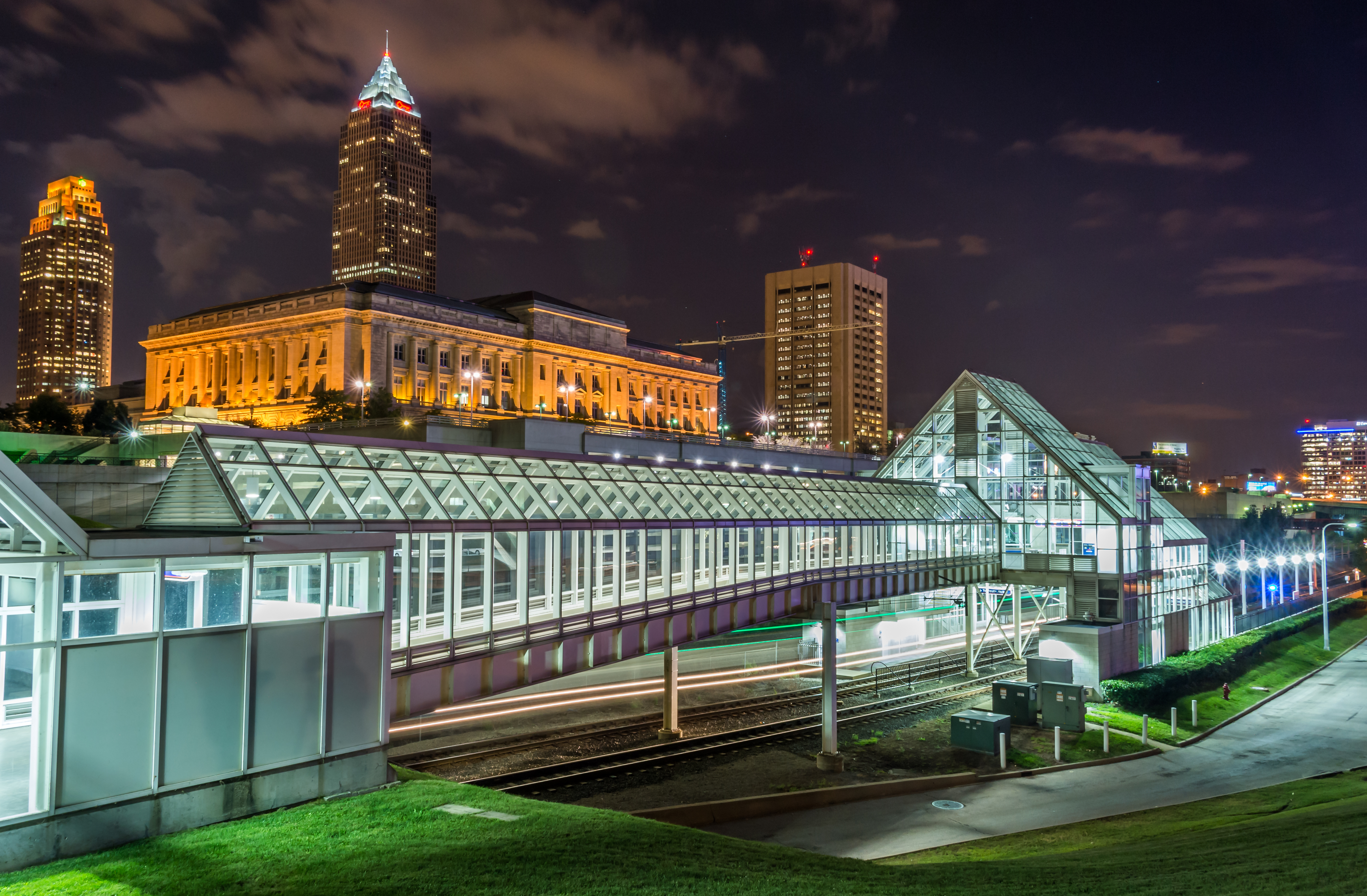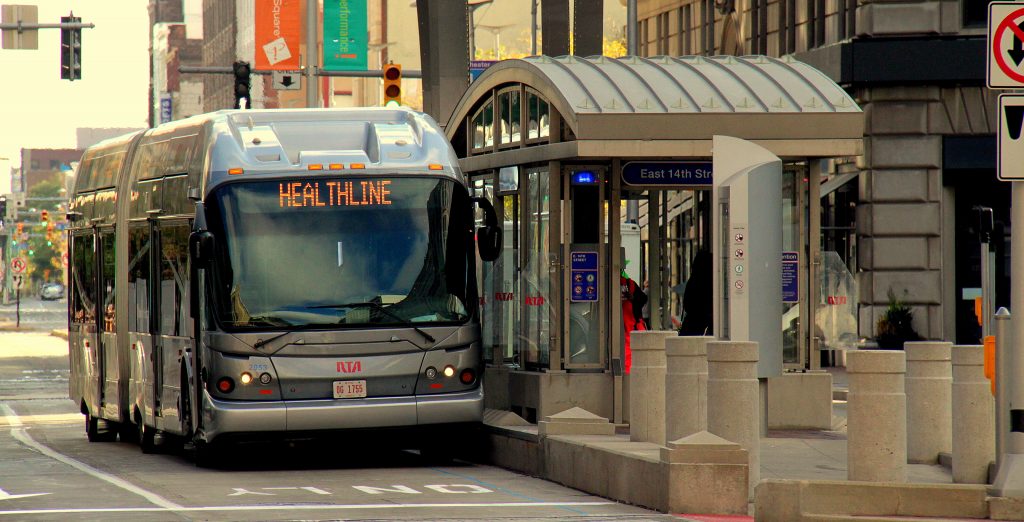
We’re launching another leadership academy program, this time aimed at training and equipping civic leaders across the state of Ohio to spearhead a fresh approach to transportation that will foster sustainable economic growth and boost the economy in metro areas and the state.
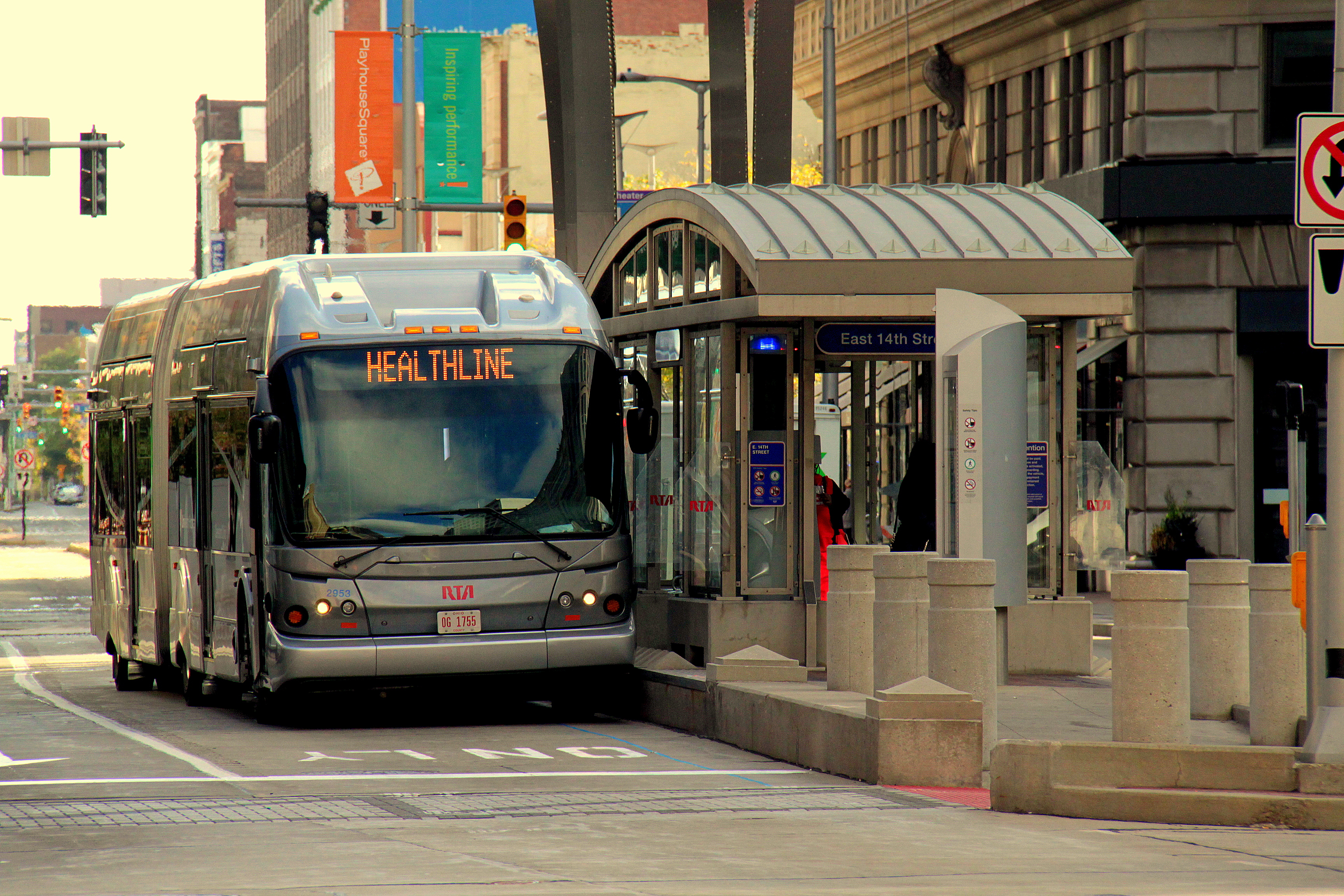
The Healthline in Cleveland is one of the best bus rapid transit lines in the country, yet there’s little planning happening to replicate it elsewhere in the city or other cities in the state.
In cooperation with the Greater Ohio Policy Center, T4America is launching a new leadership academy program to help civic leaders across the state understand the importance of transportation and train these leaders to make change in their cities and regions, and we’re looking for applicants.
Ohio could benefit from a fresh approach to transportation. In a state where many of its cities struggle with either slow or negative population growth, the last generation’s economic development strategies are no longer delivering results.
Repair needs are mounting but municipal budgets struggle to keep up as the tax base decentralizes or population shrinks. While many in Ohio’s cities recognize the importance of public transportation, the state budget offers a pittance to transit service, pushing the full burden onto strained local budgets.
New job centers — especially for low-skill and high-opportunity jobs in logistics and manufacturing — are growing in suburban or exurban locations. Job growth is a boost to those locations, but these jobs are inaccessible to workers who don’t have a car or other reliable transportation. Employers lose out on part of the employer pool and even struggle to fill open positions at these sites.
A fresh approach to transportation can go a long way in addressing these challenges Ohio’s cities face, and it’ll be Ohioans who lead the way.
This Ohio academy program will show local leaders the best practices and emerging ideas that have been successfully employed in peer cities across the country. It will train participants to be effective champions for change in their cities and help a new generation of local leaders understand how transportation decisions and choices affect the quality of life and prosperity in their regions. We will show how expanding access to jobs and restoring walkable communities will be the keys to economic success in Ohio’s cities.
Each workshop will feature real-life lessons from other regions of the country and hands-on activities and exercises to understand critical concepts like low-cost, high impact changes such as rerouting and realigning transit service to better match travel patterns and provide better service to more riders, partnerships with employers to extend the reach of transit service and expand access to jobs, and how to make transit a central part of community and neighborhood development, to name just a few.
The academy will bring community leaders from across the state together for a yearlong series of six, one-day workshops. The program will strengthen connections between peers across the state, foster the leadership skills of a new cohort of transportation advocates, and reinforce the impactful work already under way in Ohio’s major metros.
The academy is aimed at local elected, business, and civic leaders. The program is best matched for individuals who do not work day-to-day in transportation, but have close ties to transportation or related fields, such as real estate, economic development, or workforce development. The program is open to individuals from across Ohio.
To request more information and an application, please complete this brief form.





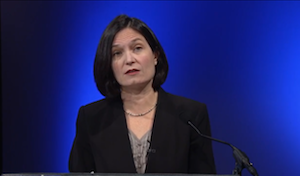
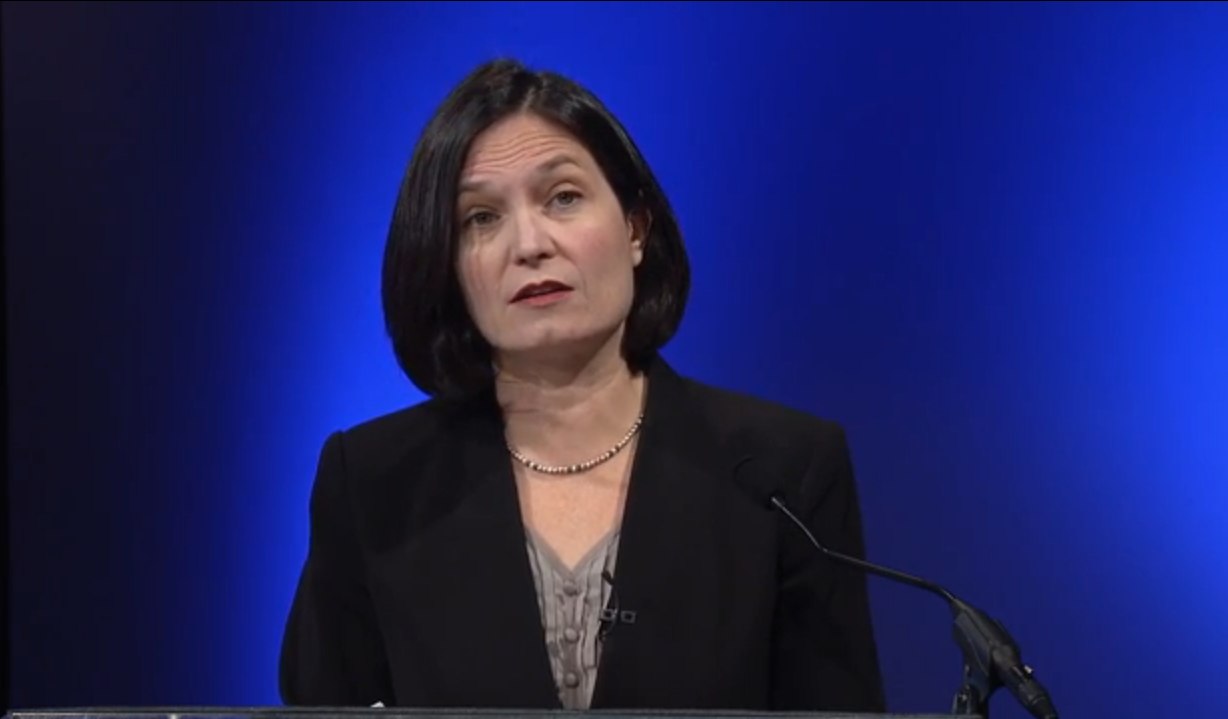 Osborne, T4America’s vice president and senior policy advisor, noted that many younger professionals want to live in cities that offer a variety of transportation options.
Osborne, T4America’s vice president and senior policy advisor, noted that many younger professionals want to live in cities that offer a variety of transportation options. 